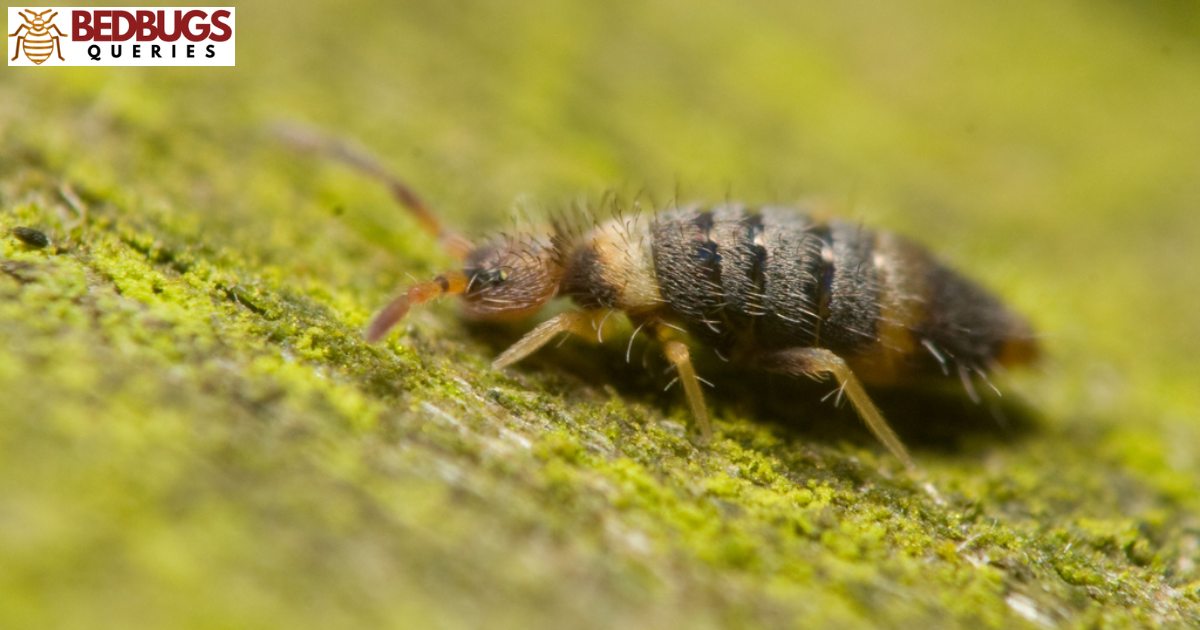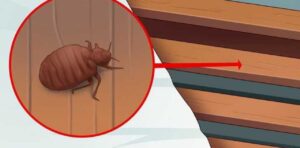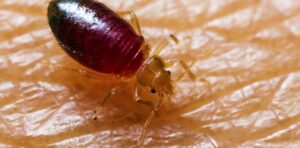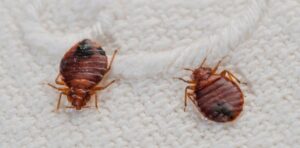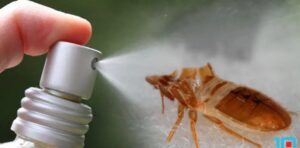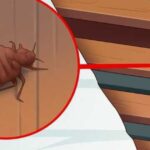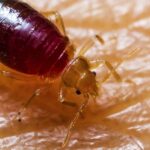Springtails and bed bugs are distinct organisms that belong to different insect groups. Springtails, scientifically known as Collembola, are tiny arthropods found in soil and leaf litter. They are not parasitic insects and are generally harmless to humans. In contrast, bed bugs, scientifically named Cimex lectularius, are blood-feeding insects that infest human living spaces, such as beds and furniture.
Are Springtails Bed Bugs? This query often stems from the need for clarity in distinguishing between these two small insects. Understanding the dissimilarities is crucial for pest identification and effective control measures. The presence of springtails in your environment does not necessarily indicate a bed bug infestation. Addressing this question requires a closer look at the characteristics, behaviors, and habitats of both springtails and bed bugs.
Springtails are beneficial decomposers in the ecosystem, playing a role in breaking down organic matter. They are usually found in damp environments, feeding on fungi and bacteria. On the other hand, bed bugs are nocturnal parasites that feed on the blood of humans and animals. They hide in cracks and crevices during the day, emerging at night to feed on their hosts.
Distinguishing Characteristics of Springtails vs. Bed Bugs
Springtails and bed bugs differ in various ways. Springtails are tiny insects, usually measuring only a few millimeters, with a distinctive ability to jump. They are wingless and have a unique fork-like appendage called a furcula that propels them forward. On the other hand, bed bugs are flat, reddish-brown insects that feed on the blood of humans.
Unlike springtails, bed bugs have a specialized mouthpart for piercing the skin and feeding. Understanding these characteristics is crucial for effective pest identification. Springtails are harmless, while bed bugs pose potential health risks due to their blood-feeding habits. Knowing these differences helps in adopting the right pest control measures.
Where to Find Springtails and Bed Bugs
Springtails and bed bugs have specific habitats. Springtails are commonly found in damp environments, such as soil, leaf litter, and decaying organic matter. They thrive in moisture-rich conditions. In contrast, bed bugs are notorious for infesting areas where humans sleep or rest. Mattresses, furniture, and cracks in walls are common hiding spots for bed bugs. Recognizing the preferred habitats of these pests is essential for targeted pest management.
Being aware of their preferred environments aids in implementing preventive measures, such as reducing moisture for springtails and regularly inspecting bedding and furniture for bed bugs.
Springtails’ Harmless Habits vs. Bed Bugs’ Biting Tendencies
The habits of springtails and bed bugs further distinguish them. Springtails are harmless to humans and pets. They primarily feed on organic matter like fungi and bacteria, playing a beneficial role in soil ecosystems. Bed bugs are notorious for their biting tendencies.
They feed on the blood of their hosts, causing itchy welts and potential allergic reactions.
Recognizing the harmless nature of springtails helps in avoiding unnecessary panic while understanding bed bugs’ biting tendencies underscores the importance of swift and effective pest control measures.
Examining the Morphological Differences
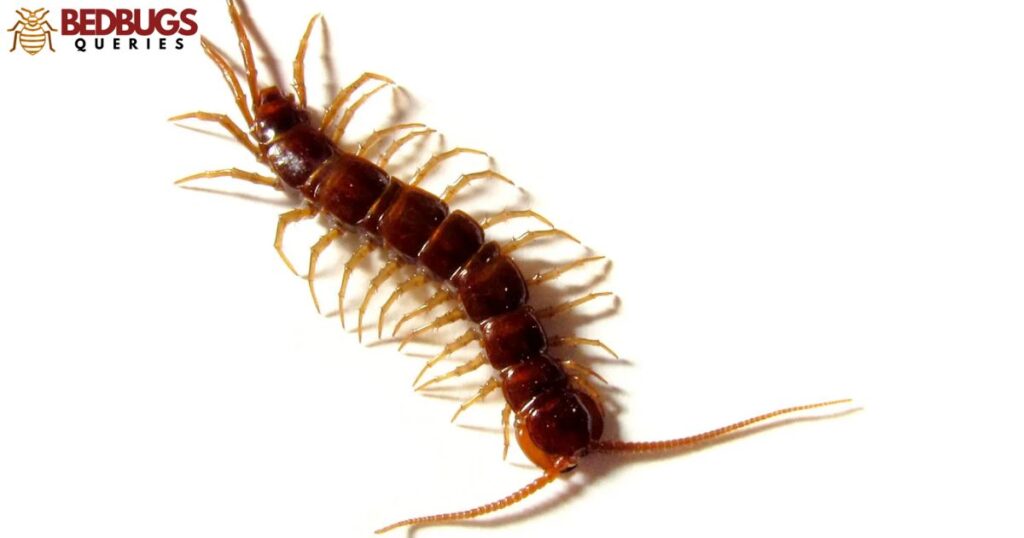
A close examination of the physical characteristics reveals distinct morphological differences between springtails and bed bugs. Springtails have a round body shape and possess a unique jumping organ, the furcula, located at the abdomen’s tip. Bed bugs, in contrast, have an oval-shaped body with a distinct head and thorax.
Their flattened appearance allows them to hide in narrow cracks and crevices. Identifying these morphological features is key to accurate pest identification. This knowledge guides homeowners and pest control professionals in implementing appropriate measures tailored to each pest.
Can Springtails Pose Similar Risks to Bed Bugs?
Despite their differences, some may wonder if springtails pose similar risks to bed bugs. The answer lies in their feeding habits. Springtails are not blood-feeders and do not pose any direct harm to humans or pets. In contrast, bed bugs feed on blood and can cause discomfort, itching, and, in some cases, allergic reactions.
Understanding these distinctions emphasizes the need for specific pest control strategies. While springtails are generally harmless, bed bugs require targeted interventions to prevent infestations and associated health risks.
Understanding the Developmental Stages
Both springtails and bed bugs undergo distinct developmental stages. Springtails go through a simple metamorphosis with egg, nymph, and adult stages. Bed bugs undergo a more complex metamorphosis involving egg, nymph, and adult stages with multiple molts.
Recognizing these developmental stages is crucial for effective pest management, allowing for targeted interventions at vulnerable stages of the life cycle. Awareness of these life cycle differences enables homeowners and pest control professionals to implement strategies that disrupt the pests’ growth and reproduction, minimizing infestation risks.
How to Identify Springtail or Bed Bug Presence
Identifying the presence of springtails or bed bugs requires careful observation. Springtails may be found in damp areas, and their jumping behavior is a distinctive characteristic. Bed bugs leave behind evidence such as shed exoskeletons, tiny reddish-brown fecal stains, and a sweet, musty odor.
Regular inspections of potential hiding spots, like cracks, crevices, and bedding, aid in early detection. Early identification is crucial for effective pest control. Timely intervention prevents the pests from multiplying and causing further issues in the home environment.
Guarding Against Springtails and Bed Bugs
Guarding against springtails and bed bugs involves adopting preventive measures tailored to each pest. For springtails, reducing excess moisture in and around the home is key. Fixing leaks, improving ventilation, and maintaining dry conditions help deter springtails.
Bed bug prevention focuses on regular inspections, sealing cracks, and using protective mattress covers. Implementing these preventive measures is essential for creating an environment that discourages pest infestations and promotes a healthier living space.
Why Springtails are Often Mistaken for Bed Bugs
Due to their small size and similar coloration, springtails are often mistaken for bed bugs. The key distinguishing factor lies in behavior and feeding habits. Springtails are harmless and do not feed on blood, while bed bugs are blood-feeding insects associated with bites and potential health risks. Clarifying these distinctions helps homeowners avoid unnecessary concerns and address pest issues accurately. Proper identification is the first step toward effective pest management.
Tailoring Solutions for Springtails and Bed Bugs

Tailoring solutions for springtails and bed bugs requires a targeted approach. For springtails, addressing underlying moisture issues and practicing good hygiene suffices. Bed bug solutions involve a more comprehensive strategy, including thorough cleaning, vacuuming, and, if necessary, professional pest control treatments. Customizing solutions based on the specific characteristics of each pest ensures effective and efficient pest management, safeguarding homes from potential infestations.
See More: Citronella Repel Bed Bugs
Frequently Asked Questions
Are Springtails the Same as Bed Bugs?
No, springtails are not bed bugs. Springtails are tiny, harmless insects that thrive in moist environments, while bed bugs are blood-feeding parasites that can infest bedding and furniture.
Can Springtails Bite Like Bed Bugs?
No, springtails do not bite or feed on blood like bed bugs. They primarily consume organic matter and thrive in damp conditions, making them vastly different from the blood-feeding behavior of bed bugs.
Do Springtails Pose a Health Threat Like Bed Bugs?
No, springtails are not known to pose any health threats to humans. Unlike bed bugs, which can cause itchy welts from their bites, springtails are considered harmless and do not feed on blood.
How Can I Distinguish Between Springtails and Bed Bugs?
Springtails are usually much smaller than bed bugs and have a distinctive ability to jump when disturbed. Springtails are not associated with the same biting behavior and tend to be found in areas with high moisture levels.
Can I Use Similar Treatments for Springtails and Bed Bugs?
No, treatments for springtails and bed bugs differ. Bed bugs often require targeted insecticides, while addressing springtail issues may involve reducing moisture levels in the affected areas.
Conclusion
It’s important to recognize that springtails and bed bugs are distinct creatures with different habits and characteristics. Springtails are harmless insects that thrive in damp environments, feeding on organic matter, while bed bugs are blood-feeding parasites that can cause discomfort through their bites.
Understanding these differences is crucial for accurate identification and appropriate pest management. If you encounter tiny jumping insects, it’s more likely to be springtails, which don’t pose the same health concerns as bed bugs. By being aware of these distinctions, you can take the right steps to address the issue effectively and maintain a pest-free environment.

